How Long Are Our Folders Meant to Last?

We’ve all seen pictures of old traditional knives that have been sharpened down to a still-usable, pencil thin length of cutting edge. And obviously, it’s possible for users today to wear out their modern folders, even with the blades made from exponentially more impressive steels than the slipjoints of yore. But according to knife maker Alistair Phillips, modern knife design has changed what we can expect from the lifespan of our knives in other ways too.
First and foremost: Phillips is clear to emphasize that not all knives are made for the same purposes. Most users look for a knife capable of everyday carry, but some are looking for a backup to an outdoors fixed blade, or something to use hard in a warehouse. Phillips’s own Redback model, for instance (which eventually became the basis for the Spyderco Kapara collab), started from the idea of an EDC knife that could be used in food prep. “One of the goals I had was to ensure that the handle didn’t block as much of the cutting edge from being usable on a chopping board,” he tells us. That design choice means that more of the blade is raised out of the handle when the knife is closed and thus, technically, many sharpenings over a long time could expose the tip. But Phillips notes that it was the right choice in order to achieve the ends he envisioned for the Redback. “That took priority for me as a designer over the longevity due to repeated sharpening of the knife over time. It isn’t a flaw in design or a result of evolution as much as a compromise between the priorities of use when designing a knife.”
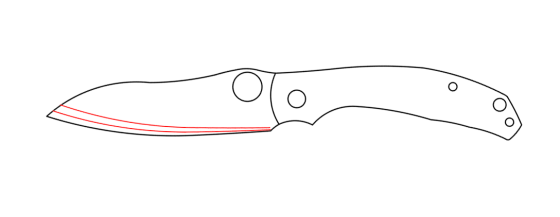
This drawing from Phillips illustrates how the Redback’s blade is designed to respond to sharpening over time
While it’s possible that we sharpen our knives enough that the tip is exposed and the knife is unsuitable for carry, that’s not a likely scenario for most users. Modern steels last so much longer than older ones that sometimes the blade isn’t the first thing to give out. “There are other factors that might mean a folding knife wears out before the point is exposed on a knife,” Phillips points out. “On a liner lock it could be lock wear for example or the pivot wears allowing some lock rock, etc.” Additionally, even on a blade with a ‘shorter’ life span, the window of usability is still often measured in decades. “The duration we are talking about is almost inter-generational in some scenarios.”
Phillips doesn’t think of these elements of his – or any other – design in terms of one being better than the other. Rather, he says that even though makers have so much to consider now when making their knives, the end goal is the same as it ever was. “How a knife performs the tasks it was designed for is ultimately the most important consideration for the designer and end user,” he tells us. “The loss of some longevity for a better performing knife is a good tradeoff in the end.”
Knife in Featured image: Alistair Phillips Linerless Slipjoint


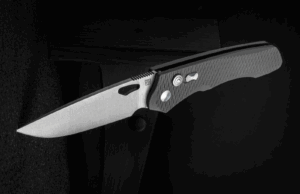
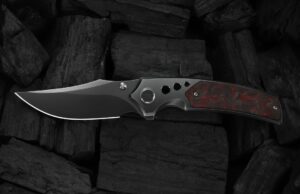

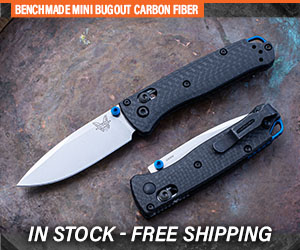
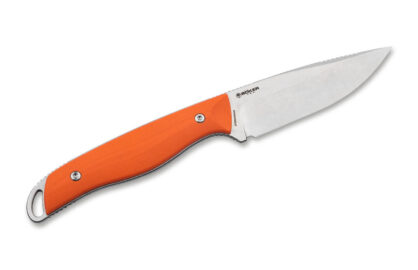




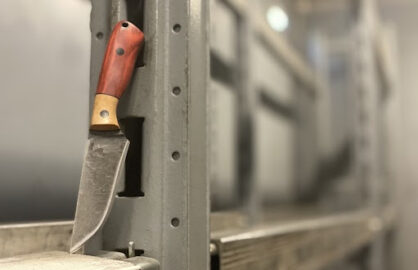
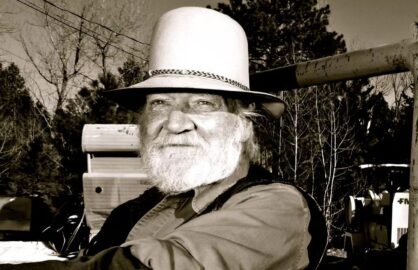
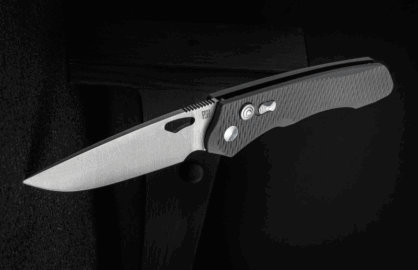
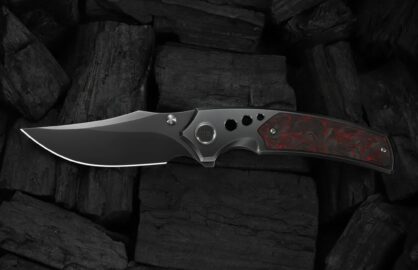
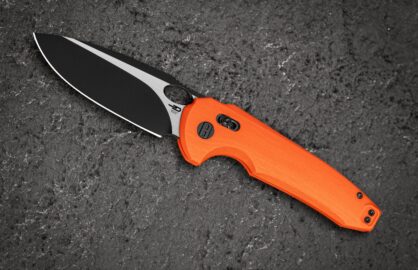

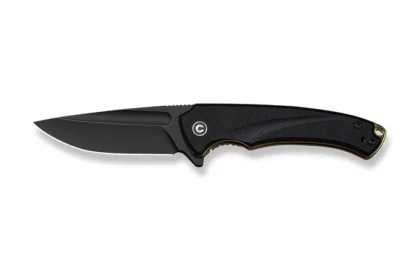



0 comments